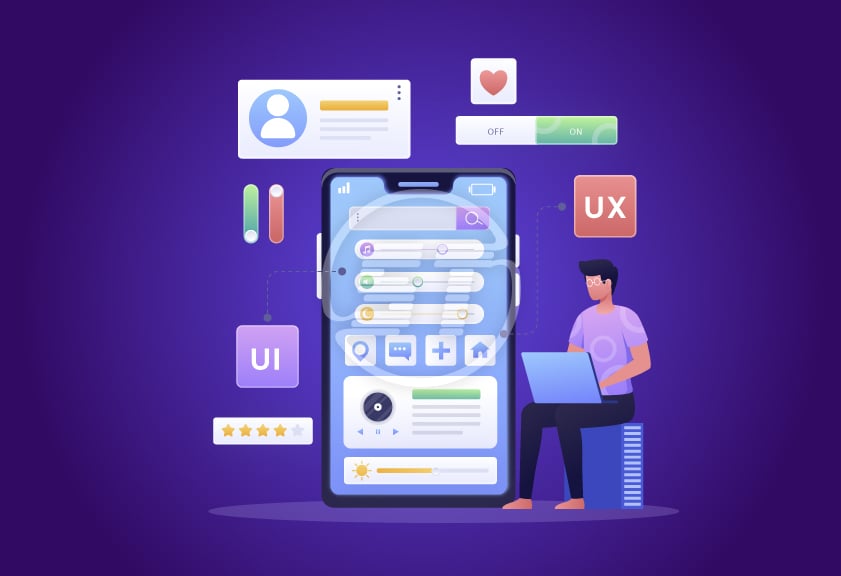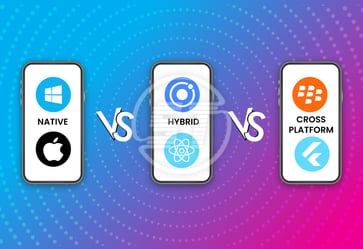In today’s competitive market, mobile app design is not just about aesthetics; it’s fundamentally about user experience (UX). A well-crafted mobile app UX design plays a crucial role in determining the app's success. By focusing on user experience design for mobile apps, developers can create intuitive and engaging interfaces that meet user needs and behaviours. This approach enhances user engagement, leading to increased retention and improved conversion rates. A strong UX design can also elevate a brand's reputation, instilling trust and loyalty among users. Furthermore, investing in mobile UI UX design services can yield cost savings by reducing the need for frequent redesigns and updates. Ultimately, a well-designed mobile app sets itself apart from competitors, offering a compelling competitive advantage. Prioritizing UX in mobile app development not only benefits users but also drives business success.
Benefits of UX Design in Mobile App Development
- Improved User Engagement: A well-designed UX can increase user engagement and retention.
- Increased Conversions: A UX design optimized for conversions can enhance the chances of users completing a desired action.
- Enhanced Brand Reputation: A mobile app with a well-designed UX can bolster the brand's reputation and establish trust with users.
- Cost Savings: A well-designed UX can minimize the need for costly redesigns and updates.
- Competitive Advantage: A mobile app with a well-designed UX can differentiate itself from competitors and establish a strong brand identity.
Key Principles of UX Design in Mobile App Development
- User-Centered Design: Design the app around the needs and behaviours of users.
- Simple and Intuitive Navigation: Make it easy for users to navigate the app and find what they need.
- Consistency: Ensure consistency in design elements, such as typography, color schemes, and button styles.
- Feedback: Provide users with feedback on their actions, such as loading animations or success messages.
- Error Prevention and Recovery: Design the app to prevent errors and provide a clear recovery process when errors occur.
- Accessibility: Ensure the app is accessible to all users, regardless of their abilities or disabilities.
- Testing and Iteration: Test the app with real users and iterate on the design based on feedback.
How to Implement UX Design in Mobile App Development
Steps:
- Conduct User Research: Understand user needs and behaviours through research.
- Create Wireframes and Prototypes: Visualize the app's layout and user flow with wireframes and prototypes.
- Design High-Fidelity Mockups: Create high-fidelity mockups to illustrate the app's UI and UX.
- Test and Iterate: Test the app with real users and refine the design based on feedback.
- Conduct A/B Testing: Optimize the app's UX and improve conversion rates through A/B testing.
Incorporating effective UX design in mobile app development is essential for creating successful applications that engage users and drive conversions. By adhering to key principles and implementing a user-centered approach, developers can deliver apps that not only meet user expectations but also enhance brand loyalty and reputation.
Ready to elevate your mobile app with exceptional UX design? Reach out our expert mobile app designers today to discuss how we can help you create a user-friendly, high-performing mobile app that stands out in the market!


